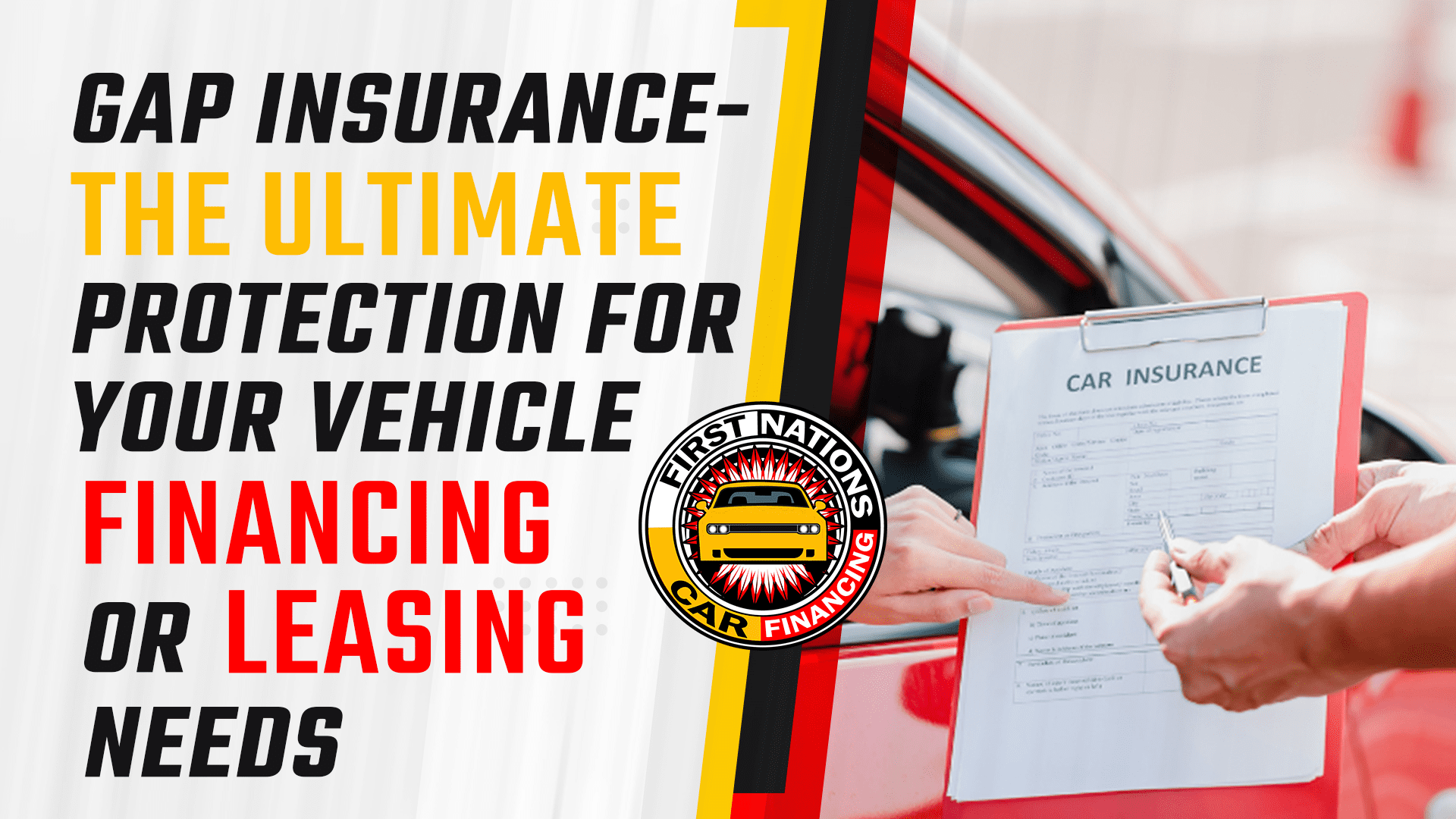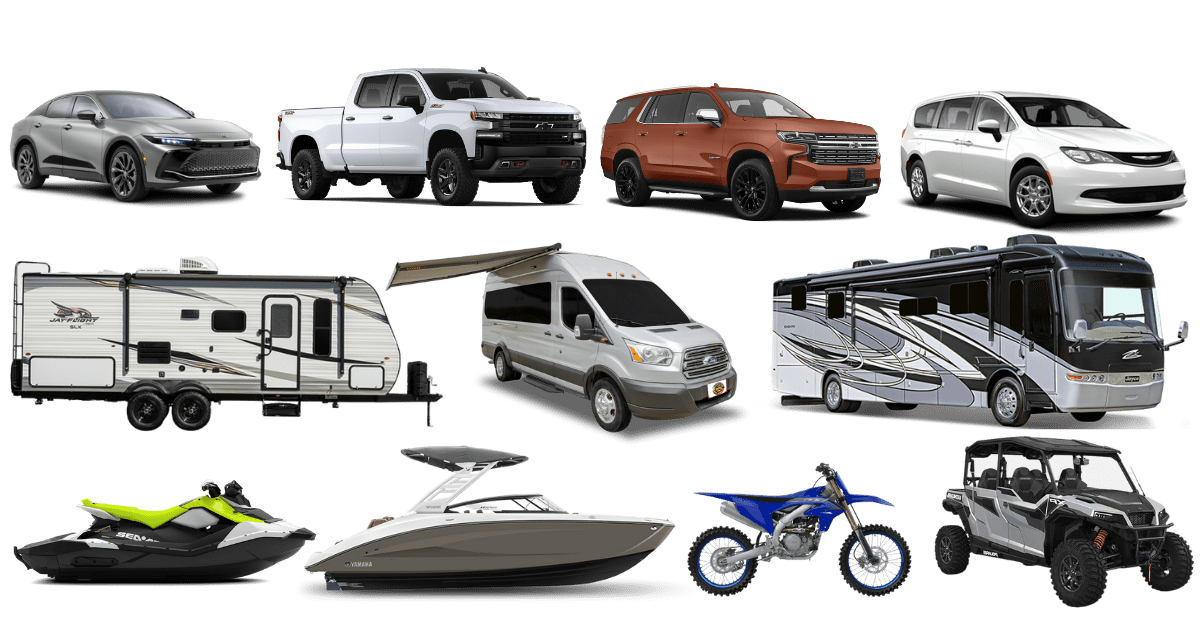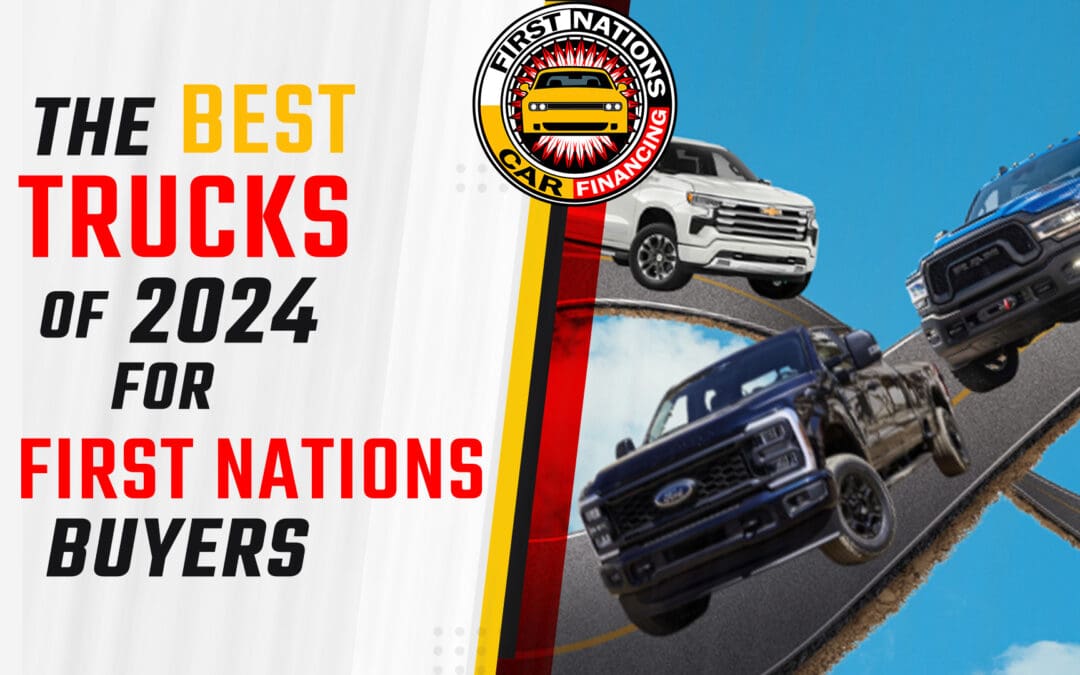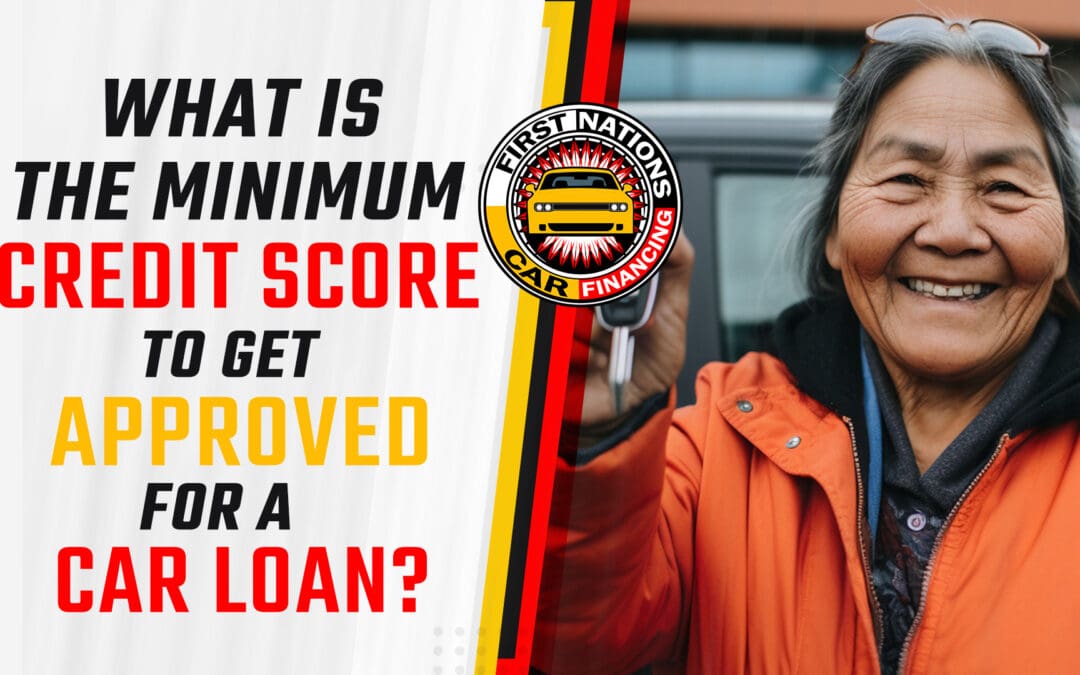When it comes to purchasing a new vehicle, there are a lot of things to consider. From the make and model to the color and features, the decision-making process can be overwhelming. But one aspect of car buying that often gets overlooked is the importance of insurance.
Have you ever heard of GAP insurance? Chances are, you probably haven’t. But if you’re in the market for a new car, then you need to know all about this car word before getting in the fast lane.
In this blog post, we will dive into everything you need to know about GAP insurance, how it works, the benefits, and why it is a must-have for anyone purchasing a new vehicle through financing or leasing.
- What is GAP?
- Who should purchase GAP insurance for their vehicle?
- Who doesn't need GAP insurance?
- How does GAP insurance work?
- How much will GAP insurance cost for my vehicle?
- GAP helps save you time and money.
- GAP is an investment worth making.
- It provides peace of mind.
- Added perks for GAP insurance owners.
- GAP is the go-to option for car owners looking to protect their vehicular investments.
What is GAP?
GAP stands for Guaranteed Asset Protection, which is a type of insurance protection that helps vehicle owners cover the “gap” between what they owe on their car loan and the current value of the car in case it’s involved in an accident or stolen.
This type of coverage covers any shortfall that may be caused by depreciation when filing a claim. In addition to covering theft and physical damage, GAP insurance also covers certain components such as increasing deductible costs, emergency transportation, and even some repair costs up to the amount of coverage purchased.
GAP is the ideal warranty for new vehicle owners due to its comprehensive coverage. GAP covers various unexpected expenses, like finance terms and beyond the manufacturer’s basic warranty.
Put simply, GAP insurance helps protect owners from owing more money than what their vehicle is worth after a total loss.
GAP insurance is usually offered by car dealerships or financial institutions as additional coverage to regular auto insurance policies. This means that the policyholder will have to purchase the GAP coverage separately from their regular auto insurance. The coverage is usually offered for both new and used vehicles, but the terms and conditions may vary depending on the insurer.
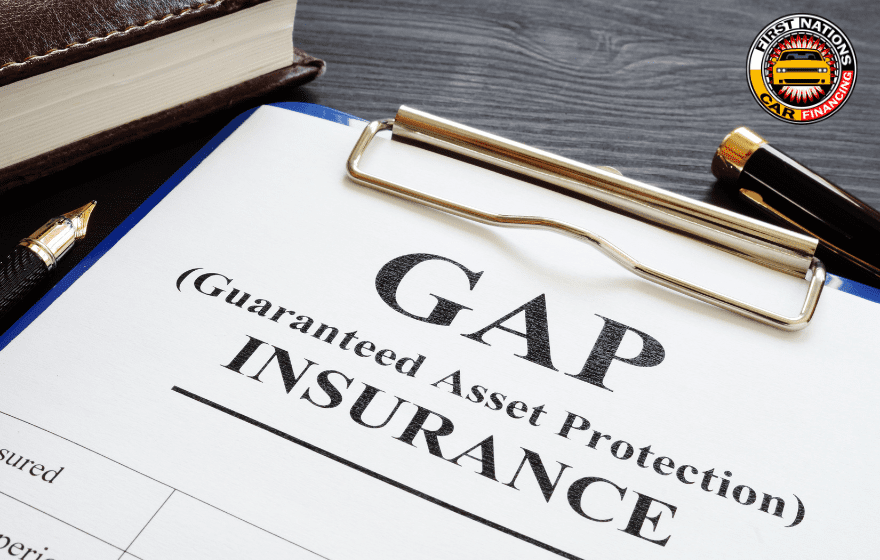
Who should purchase GAP insurance for their vehicle?
GAP insurance provides valuable protection for anyone who is leasing their car or who has taken out a loan to finance the purchase of their vehicle. GAP insurance is particularly worthy of consideration for new and slightly used car buyers who make a small down payment (or none at all), and shoppers of expensive vehicles that depreciate more quickly than others.
Additionally, if you are leasing or financing your vehicle, purchasing GAP insurance is a very wise move, since it can protect you from having to make payments beyond the term of the lease or loan if something catastrophic happens to your car.
GAP insurance can also be beneficial for drivers who don’t know how long they will be staying with a vehicle to make sure they get back as much money as possible if they decide to trade it in before the lease ends. Ultimately, getting GAP insurance gives drivers a sense of security knowing they are covered no matter what happens.
This type of insurance helps to cover the difference between what is still owed on the loan and what an insurance settlement would pay in case of an incident such as theft or major damage beyond repair.
Who doesn’t need GAP insurance?
Keep in mind that there are certain conditions where GAP would not be as cost-effective, such as when taking out a shorter-term loan with a large down payment (over 20%), if you are consistently paying more down than the set monthly payments, or if you purchased a used vehicle, which has already depreciated in value.
How does GAP insurance work?
To understand how GAP insurance coverage works, it’s crucial to learn the difference between the purchase price of a vehicle, and the depreciated value price.
Depreciation is the decrease in the value of a vehicle due to factors such as age, mileage, and wear and tear. When you purchase a new vehicle, it typically depreciates in value as soon as you drive it off the lot. In other words, your vehicle is worth less the moment you buy it than it was when it was brand new.
It’s important to note that in the event of your car being stolen or deemed a total loss in an accident, your regular auto insurance policy will only pay out the current market value of the vehicle. This may not be enough to pay off the remaining balance on your car loan or lease. This means that if you are in a car accident, or your vehicle is stolen, and the damages exceed the value of your vehicle, you could be left owing money on a car that you no longer have.
Generally, the value of a new car depreciates by 15% and up to 20% as soon as it’s purchased and it depreciates further as time passes and kilometers get added on to the odometer.
The average purchase price for a new vehicle today in Canada is around $59,000. After buying your new Ford F-150 or Toyota RAV4 for $59,000, the vehicle will be worth approximately $8,850 – $11,800 less within the first year of ownership.
As a vehicle depreciates, its ACV (Actual Cash Value) decreases, which can result in a gap between the ACV of the vehicle and the outstanding balance on the loan or lease.
This is where GAP insurance comes in! GAP helps protect you from being stuck with your loan/lease and being held liable for paying off the outstanding balance between the value of your vehicle and the amount that you owe on it out of your own pocket if your vehicle has been stolen or deemed a total loss.
Here’s an example of how GAP insurance works:
Let’s say you took out a loan for a new Audi for $60,000.
17 months later and after being driven for 40,000 km, the vehicle’s depreciated value is now $51,000.
Your Audi unfortunately gets stolen or totaled/written off.
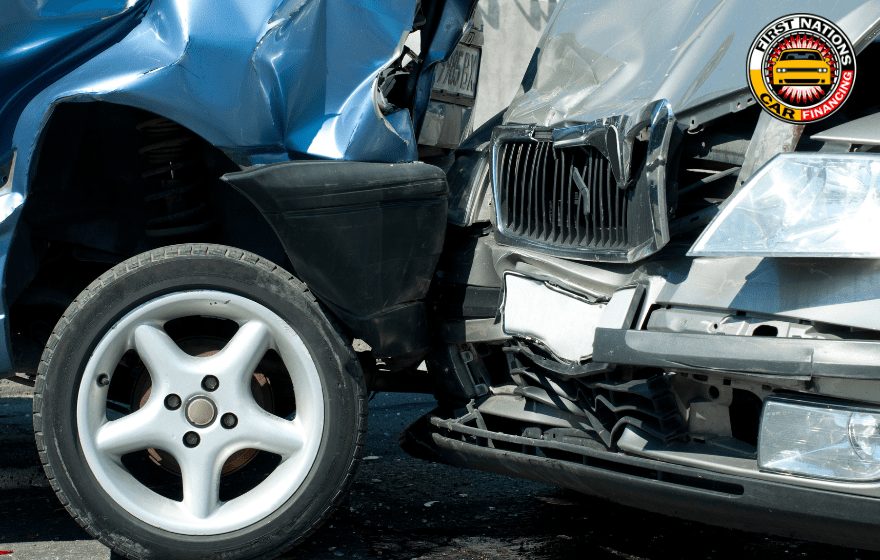
Now, you’ll need to make a claim to your insurance company. They will pay the residual/depreciated value of the vehicle (before it was totaled or stolen), which is only $50,000. Leaving you with a gap of $9,000 between the value of the vehicle and the outstanding balance on the loan or lease.
Without GAP insurance coverage, you will be responsible for paying the rest of your loan amount. The remaining $9,000 will need to continue to be paid off every month even though you no longer have the car.
However, If you have GAP insurance coverage, you won’t have such concerns and can rest assured that all remaining payments due on the loan will be provided for. It will cover the difference between the actual cash value of the vehicle and the remaining balance on the loan or lease.
You will be able to walk away from the loan scot-free and be saved from this financial debt. This means that if your vehicle is a write-off or stolen, and you have a GAP policy in place, you will not be left with a financial burden!
If you owe the bank more than your car is worth, this is known as being “upside down”. Your regular insurance policy offers coverage only up to fair market value, so in this case – GAP insurance can be a financial lifesaver.
How much will GAP insurance cost for my vehicle?
When looking into GAP insurance, the cost will depend on several factors like age, type of car, purchase price, and yearly mileage. Typically, GAP insurance can cost anywhere from a few hundred dollars to a thousand, depending on the value of your vehicle.
With GAP insurance being added to your auto payments, GAP will only cost you around $5-$15 a month. While it might seem like an extra expense at first, GAP insurance is worth the investment, and the potential financial savings could rack up to thousands of dollars if things go wrong down the road. The added expense is easily balanced against the confidence you may feel when driving.
For most drivers, the cost is a no-brainer to them as it’s a small price to pay for a big relief of purchase protection. It’s up to you to determine your own risk tolerance and decide whether this type of coverage makes sense to you and your financial situation.
There are many reasons why GAP coverage is a beneficial warranty for your new car, truck, SUV, or van purchase:
GAP helps save you time and money.
Instead of having to spend countless hours researching policies and warranties or dipping into your pocket to pay for expensive repairs, GAP coverage has you covered.
GAP insurance can actually save you a significant amount of money in the long run. If you are in an accident or your vehicle is stolen, and you have GAP coverage, the financial risk is eliminated.
GAP is an investment worth making.
GAP ensures that any remaining balance after the occurrence of an incident involving your vehicle will be cleared, even if the amount exceeds the depreciated value of the car. It also pays up to $1,000 toward your deductible if you have collision insurance, making GAP coverage a great choice to make sure you’re taken care of while on the go.
It provides peace of mind.
Knowing that you are fully protected in the event that something happens to your vehicle can provide a sense of reassurance on a daily basis as you drive your vehicle.
This is especially important if you rely on your vehicle for your daily transportation needs, as being without a car can be a major inconvenience.
Added perks for GAP insurance owners.
GAP offers a wide range of coverage incentives to help protect drivers on the road when your travels take an unexpected turn – such as immediate roadside assistance whenever you need it – 24/7, tire and wheel repair for those inevitable flat tires or blowouts, trip interruption protection in case of an unexpected delay when traveling, and key replacement service if you find yourself without access. With GAP insurance, nothing will stand between you and adventure.
GAP also includes protection from mechanical breakdowns and recalls, as well as damage caused by theft or vandalism. GAP’s wide range of warranties ensures contentment and beneficial cost savings in case unwanted events occur with your new car.
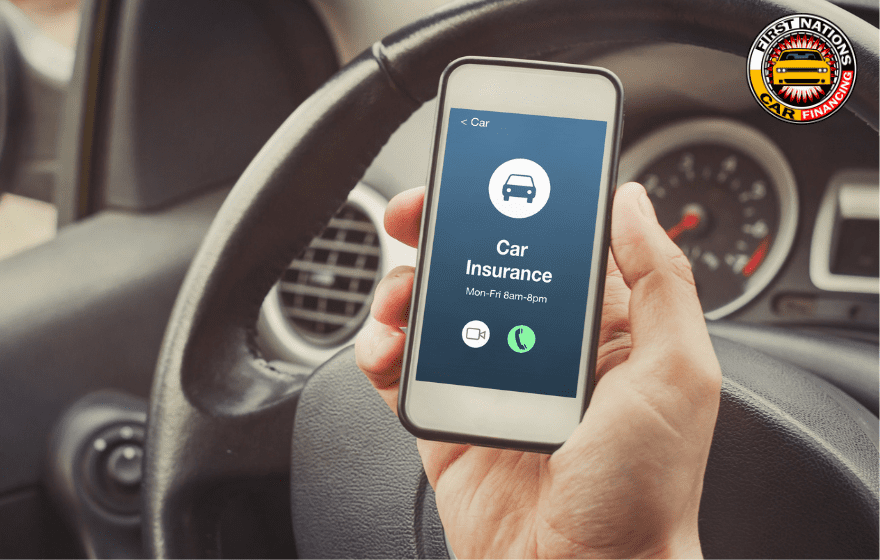
GAP is the go-to option for car owners looking to protect their vehicular investments.
In conclusion, GAP coverage is an essential warranty for your new vehicle purchase. It helps to protect your financial investment, can save you money in the long run, and provides peace of mind.
While some lenders include GAP protection in their loans, others don’t; thankfully, it can usually be purchased separately on most vehicle loans. So before signing on the dotted line for your next car loan, make sure to put yourself in control and take out GAP protection. Doing so will provide you with confidence knowing that should something happen to your vehicle, you won’t be struggling to find funds to pay off the remainder of your loan.
It is important to understand the terms, coverage limits, exclusions, and deductibles before purchasing GAP coverage.
Our expert finance team here at First Nations Car Financing can explain your insurance options to you to help be your guide in making the right choice to guard your investment. It is essential to note that GAP coverage is not mandatory and is typically optional coverage.
If you are considering purchasing a new vehicle, be sure to consider adding a GAP policy to your insurance coverage. With its dedication to comprehensive coverage and exceptional customer service, it’s no wonder that GAP stands above other warranties as a reliable source of protection.
At FNCF, we recommend GAP to our clients and can help you purchase this coverage with your next new vehicle.
If you’re ready to get started, apply here for a new vehicle with GAP coverage today!

